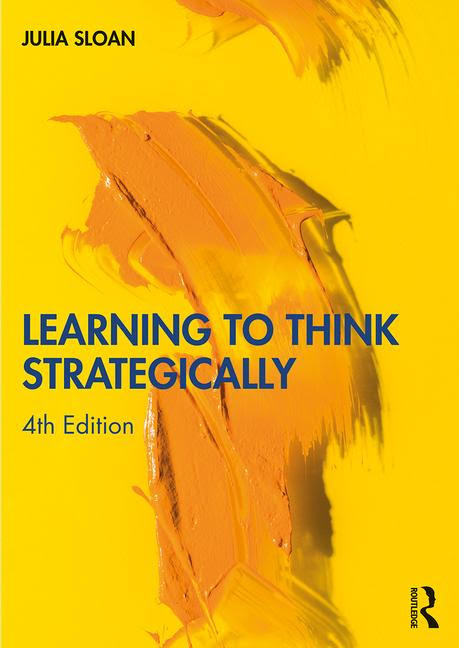In this authoritative book, Dr. Julia Sloan presents a previously unexamined account of the relationship between strategic thinking and the learning process involved — taking learning from the academic to the everyday.
This book ensures that you’ll understand:
- Why developing strategic thinkers is a business imperative
- How successful global strategists learn to think strategically
- The five essential attributes of successful strategic thinkers
- The role of culture on strategic thinking
- The ‘rational rut’ we’re stuck in — and how to get out of it
- Tips for improving strategic thinking
- The book traces the history of strategy, differentiates strategic thinking from planning, describes the influence of culture, streamlines the roles of rationality and intuition and identifies five key attributes for learning to think strategically.
Learning To Think Strategically is based on research that draws upon real-life lessons of global business strategists and the application of those lessons for corporations, consultants and academics.




